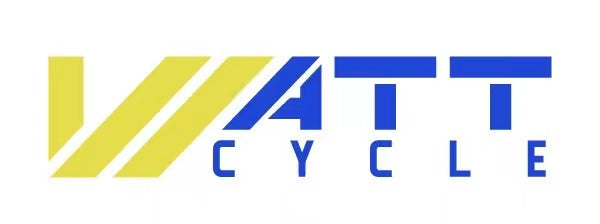
Discover the Power of the 12V 100Ah LiFePO4 Battery (Group 24)
Youtube Reviewer: @goodman-fishing
Introducing the 12V 100Ah LiFePO4 battery (Group 24), a powerhouse of energy packed into a compact design. Whether you're navigating the waters with a trolling motor, powering marine electronics, embarking on RV adventures, gliding through serene waters in a kayak, or harnessing the sun's energy with a solar system, this battery is your reliable companion.
With a total nominal capacity of 1280Wh, this battery delivers exceptional performance in a smaller package compared to traditional deep cycle batteries. Weighing in at just 23 lbs, it's a lightweight solution that doesn't compromise on power.
What sets this battery apart is its lithium iron phosphate (LiFePO4) chemistry, offering unparalleled benefits over lead-acid batteries. Experience double the power with half the weight, and enjoy a cycle life of approximately 4,000 cycles at 100% depth of discharge. Say goodbye to frequent battery replacements and hello to long-lasting reliability.
Equipped with a battery management system (BMS), this battery ensures safety and efficiency at every use. From cell balancing to over-temperature and low-temperature protections, you can trust in its robust performance. Plus, with low-temperature charging protection, you can charge it worry-free even in freezing conditions, extending its lifespan further.
WattCycle stands behind the quality of this battery with a generous 5-year warranty. Rest easy knowing that your investment is protected for years to come.
Experience the difference that the 12V 100Ah LiFePO4 battery (Group 24) can make in your adventures. Say hello to reliable power, compact design, and unmatched durability. Upgrade your energy solution today and explore endless possibilities.
Quick Overivew:
*Size: Group 24
*Weight: 23lbs
*Volt: 12.8V
*Total Nominal Capacity: 1280Wh
*Cycle Life: 4,000 cycles at 100% DOD, up t0 20,000 cycles
*BMS: 100A/Low-temperature Protection
*Recommended Charging: 5 hours with a 20 amp charger
*Test: typical 10 amp load test
*Features: Smaller/Lighter/Safe/Long-lasting Reliability/Efficient
|
Get the Youtube transcript below.
|
| About the Term 1C in the Video |
It refers to a lithium-ion battery that is rated to be charged or discharged at a rate equivalent to its capacity within one hour. The "C" rate is a measure of the charge and discharge current of the battery relative to its capacity. Here’s a detailed explanation:
1C Rate Definition: The term "1C" means that the battery is charged or discharged at a current equal to its nominal capacity. For example, if a battery has a capacity of 2000 milliampere-hours (mAh), a 1C rate would be 2000 milliamperes (mA) or 2 amperes (A). Charging at 1C would mean charging the battery at 2A, and it would theoretically take one hour to charge fully from empty to full (assuming 100% efficiency, which is idealized and not practical due to losses and other factors).
Charging Example: For a 2000mAh battery, charging at 1C would involve a charging current of 2000mA (2A). If the battery is charged at 0.5C, the charging current would be 1000mA (1A), and it would take approximately two hours to fully charge.
Discharge Example: The same 2000mAh battery discharging at 1C would discharge at 2A, depleting its full capacity in one hour. If it discharges at 2C, the discharge current would be 4A, and the battery would last for 30 minutes.
Applications and Importance
1) Consistency and Safety: Using the 1C rate ensures consistency and safety in battery usage. Charging and discharging at rates higher than recommended can cause excessive heat, reduce battery life, and increase the risk of damage or failure.
2) Performance Specifications: Battery manufacturers often specify the maximum charge and discharge rates for safe and optimal performance. These rates are crucial for applications such as electric vehicles, portable electronics, and energy storage systems where reliable battery performance is essential.
3) Battery Life: Adhering to the specified C rates can help in maintaining the battery's cycle life, as frequent charging and discharging at higher rates can lead to faster degradation.
Practical Considerations
1) Charge Controllers and Balancers: In practical applications, especially in larger systems like electric vehicles or solar energy storage, charge controllers and battery management systems (BMS) are used to ensure that the batteries are charged and discharged within safe limits.
2) Thermal Management: Effective thermal management is crucial to handle the heat generated during charging and discharging, especially at higher C rates.
Understanding the 1C rate and its implications helps in the effective and safe use of lithium-ion batteries in various applications.
